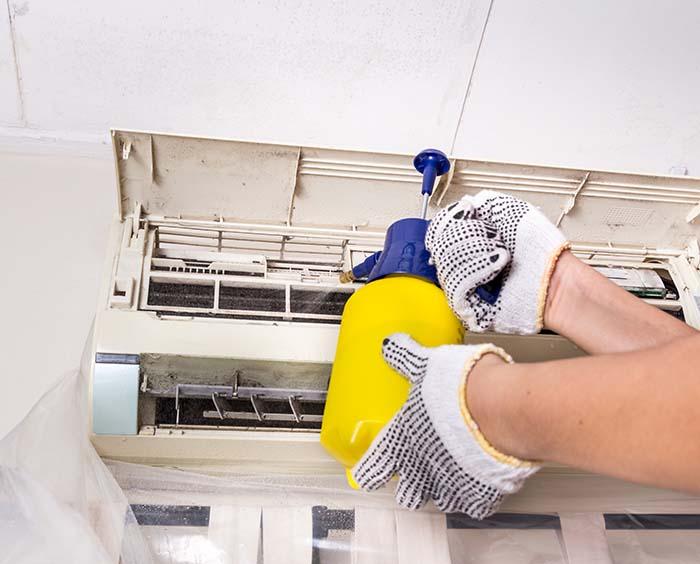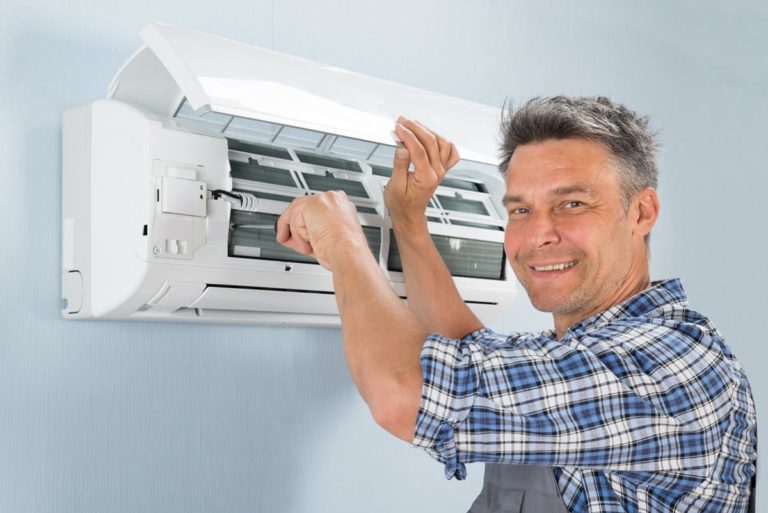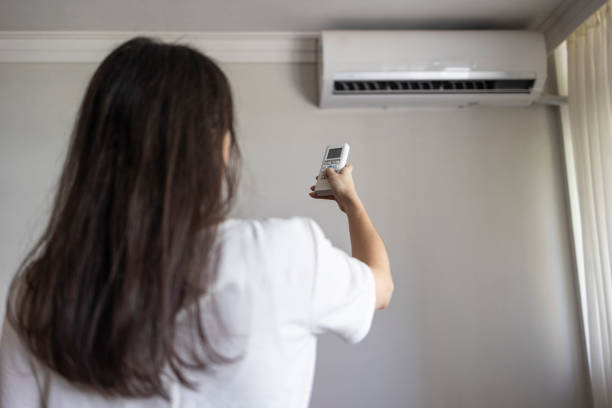Are you thinking of getting an air conditioner this spring?
Spring has here, and many homeowners’ to-do lists include air conditioner installation. Many people desire to install central air in their homes, either as their first air conditioning system or to replace an inefficient window unit. Adding central air to an existing forced-air heating system is the most cost-effective option. If you already have something in your home, installation prices will be substantially lower, and it may be completed in as little as two days if you hire Trane xr13 air conditioner Installation Scarborough. Ducting is frequently modified just little, which helps to keep costs down.
Installation of new ducts, on the other hand, can take longer and be more expensive in homes that require them. Remember that a retrofitting contractor may work his magic to hide ducts behind walls, in closets, or even in the attic with minimal ceiling or wall cutting. The first stage in the A/C installation procedure is to select a unit, which is perhaps the most important decision to make. Hire a conditioning contractor to assess your property and calculate your load according to the Trane xr13 air conditioner Installation Scarborough. This will inform you how much heat is gained in the house and, as a result, what size unit you’ll need.
Efficient use of energy
A professional contractor can provide a number of recommendations after homeowners obtain the heat-gain figure. It’s critical to get the appropriate size unit because if you have one that’s too tiny, the rooms won’t cool well, especially on hot days—but your system will try, and your energy bills will skyrocket (while wasting resources). When you get too big, you waste money and resources since larger units have to work harder. Plus, plus-sized units aren’t very good at reducing humidity. Many homeowners who have big units complain about the space being moist.
For many people, unit efficiency is critical not only for financial savings, but also for environmental reasons. The seasonal energy-efficiency rating (SEER) on the device and packaging makes it simple to determine efficiency. It tells you how many BTUs the system uses for every watt of power used. The lesser the costs, the higher the SEER number.
Do You Have a Personality Type?
You know you want central air, but you still need to make some decisions. Package systems and split systems are the two basic types of central air systems. A package system cools air and blows it into the home with the help of a fan and coil, and the ductwork is directly connected to the unit. Finally, this is a ductless huge wall air conditioner; nevertheless, these systems are uncommon (which gives you fewer options).
The split system, which is more typical, places the condenser outside the house but keeps the fan and coil system inside. Pipes go throughout the system, carrying refrigerant. The fan and coil system can be readily installed in an attic and distribute cool air via ducts for homes without an existing forced-air system. A competent conditioning contractor can work with any type of home, whether it has existing ducts or not, to develop a system that is functional, energy-efficient, and keeps you comfortable in the summer.



